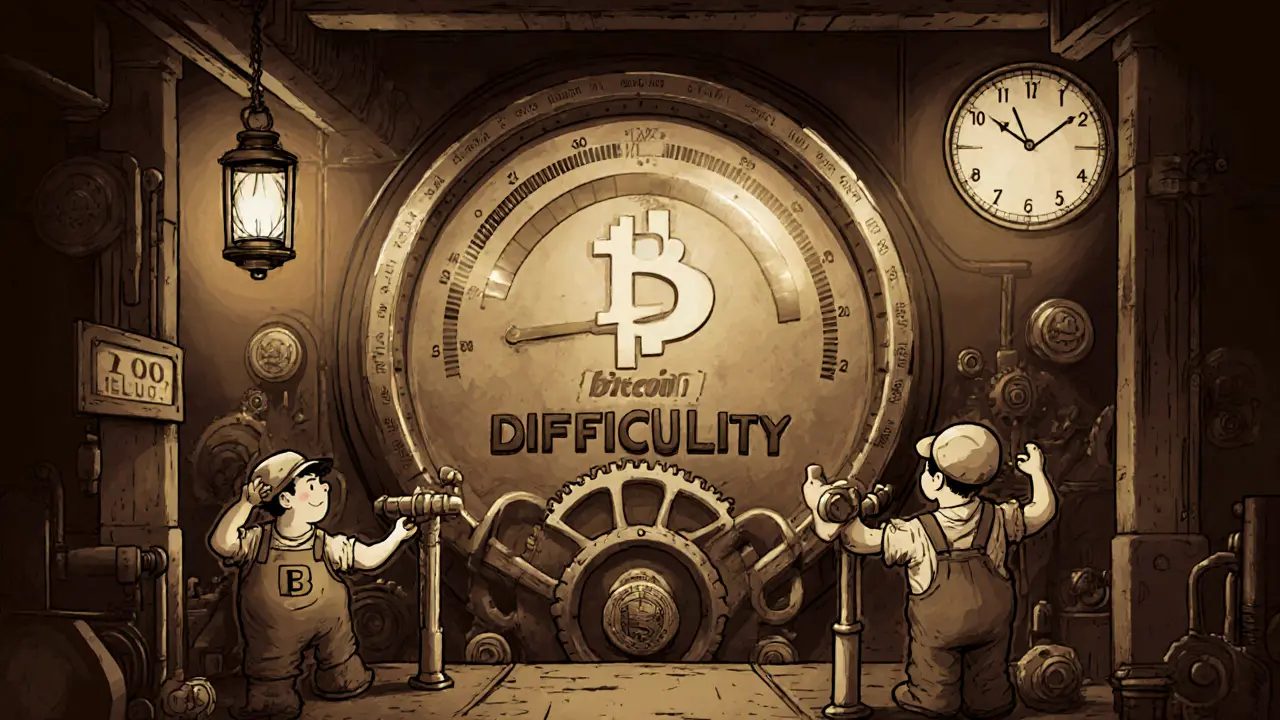
Mining Difficulty Calculator
Result:
Key Takeaways
- Mining difficulty is a self‑adjusting metric that keeps block times steady despite changes in network hash power.
- Bitcoin recalculates difficulty every 2,016 blocks (about two weeks) using a strict formula.
- Higher difficulty means more security but also higher energy use and tougher profitability for small miners.
- Different coins use different adjustment algorithms - some tweak difficulty every block, others every few minutes.
- Future upgrades aim to make difficulty adjustments faster and greener while preserving security.
When we talk about mining difficulty, we’re really discussing the engine that powers proof‑of‑work blockchains. It’s the number that tells miners how hard it will be to solve the cryptographic puzzle required to add the next block. If you’ve ever wondered why Bitcoin’s blocks still take roughly ten minutes even though the network’s computing power has exploded, the answer lies in that ever‑changing difficulty figure.
A Blockchain a distributed ledger that records transactions in linked blocks provides the playground where mining difficulty does its work. The consensus rule used by Bitcoin and many other coins is called Proof‑of‑Work a system where miners solve computational puzzles to secure the network and add new blocks.
What is Mining Difficulty?
Mining Difficulty a numeric value that defines how challenging it is to find a hash below the current target in a proof‑of‑work blockchain is essentially a throttle. The blockchain sets a target hash - a string of numbers that must be lower than a specific threshold. The lower the target, the fewer possible hashes meet the condition, and the harder miners have to work.
This mechanism first appeared in Bitcoin the original proof‑of‑work cryptocurrency launched in 2009. Satoshi Nakamoto designed difficulty to keep the block interval close to ten minutes, regardless of how many miners join or leave the network.
How Does Difficulty Adjust?
The Difficulty Adjustment Algorithm the rule set that recalculates mining difficulty based on recent block times in Bitcoin looks at the time it took to mine the previous 2,016 blocks. The expected time for those blocks is 20,160 minutes (2,016×10minutes). If the actual time was shorter, the network multiplies the current difficulty by the ratio of expected to actual time, up to a maximum four‑fold increase. If it was longer, the difficulty drops, but never below a quarter of the previous value. This safeguard prevents wild swings.
The adjustment formula can be simplified as:
new_difficulty = old_difficulty × (expected_time / actual_time)
The Hash Rate the total computational power contributed by all miners in the network is the primary driver. More hash power means blocks are found faster, triggering an increase in difficulty.
Other blockchains use different windows. Ethereum the former proof‑of‑work platform that adjusted difficulty every block recalculated difficulty with each new block, allowing a quicker response to hash‑rate swings. Dogecoin a proof‑of‑work coin that changes difficulty every few minutes employs a moving‑average approach to keep block times stable.
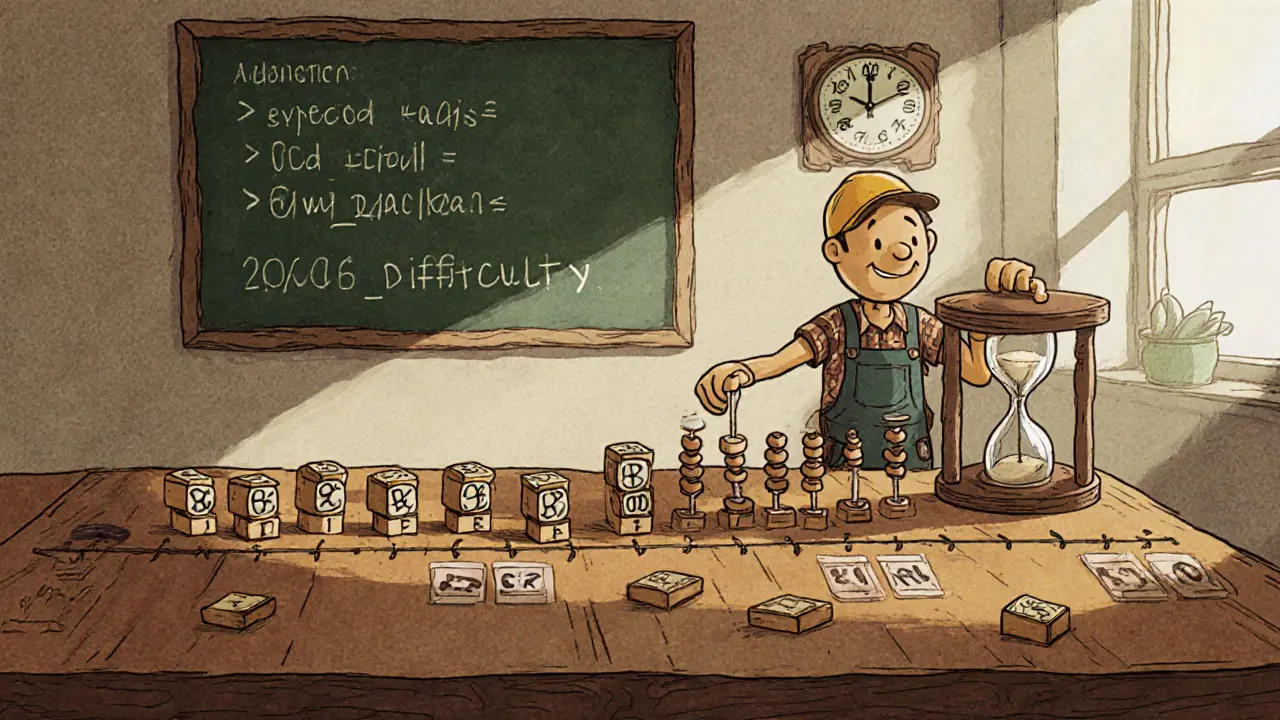
Why Difficulty Matters: Security and Profitability
Higher difficulty usually signals a higher overall Hash Rate. A large hash rate makes a 51% attack prohibitively expensive because an attacker would need to control at least half of the network’s computing power.
For miners, difficulty directly affects revenue. The expected number of hashes needed to find a block grows linearly with difficulty. If electricity costs or hardware efficiency don’t keep pace, profit margins shrink. This pressure pushes out small, hobbyist miners and leads to mining centralization in regions with cheap power and massive ASIC farms.
Factors That Influence Difficulty
- Network hash rate: New miners, better ASICs, or a surge in participation raise difficulty.
- Cryptocurrency price: When prices climb, mining becomes more attractive, spurring more hash power.
- Hardware advancements: A jump from GPU to ASIC mining can double the effective hash rate overnight.
- Regulatory and geographic factors: Regions with low electricity costs (e.g., certain provinces in China before 2021, or Texas, USA) attract large farms, increasing global difficulty.
- Energy costs: If electricity prices rise sharply, some miners shut down, lowering hash rate and difficulty.
Comparison of Difficulty‑Adjustment Algorithms
| Coin | Adjustment Frequency | Typical Block Time | Adjustment Formula | Pros / Cons |
|---|---|---|---|---|
| Bitcoin | Every 2,016 blocks (~2 weeks) | 10minutes | Scale based on total time vs. expected time; caps at ×4 / ÷4 | Stable, resistant to manipulation; can lag during rapid hash‑rate changes |
| Ethereum (PoW) | Every block | ≈15seconds | Exponential moving average of timestamps | Fast response; higher volatility in block times |
| Dogecoin | Every 10 minutes (≈10 blocks) | 1minute | Weighted average over last N blocks | Quick adaptation; can be gamed by short‑term hash spikes |
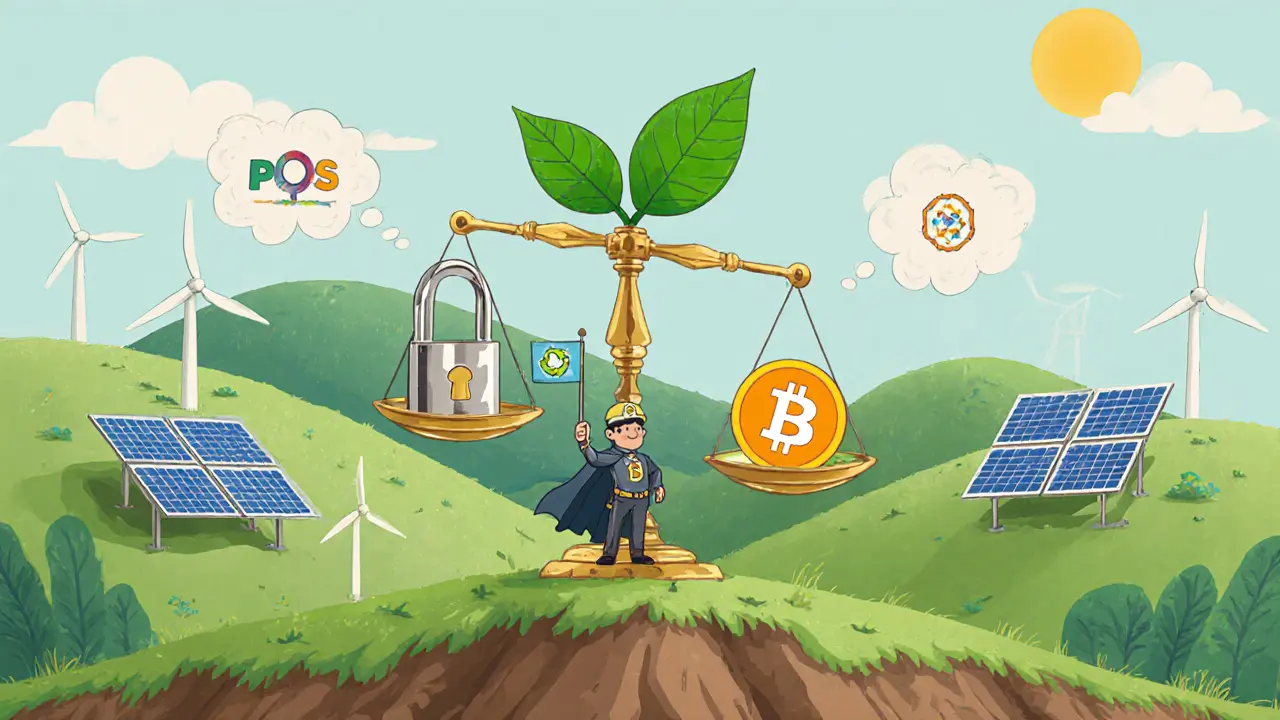
Real‑World Impact on Miners and Users
Miners rely on difficulty charts to forecast revenue. Mining calculators ask for the current difficulty, electricity price, hardware hash rate, and coin price to estimate daily profit. When difficulty spikes, many miners either upgrade to newer ASICs or switch to a different, less‑competitive coin.
For everyday crypto users, difficulty indirectly shapes transaction fees. During periods of high difficulty, the network’s hash rate is high, but block space remains limited. If demand for transactions outpaces block capacity, fee markets heat up, and users may pay more to get confirmed quickly.
Future Trends and Challenges
As the world worries about energy consumption, researchers are proposing more responsive difficulty algorithms that could reduce waste. Some Bitcoin Improvement Proposals (BIPs) suggest shortening the adjustment window or using multiple shorter windows to smooth out spikes.
Proof‑of‑stake (PoS) networks, like Ethereum after the Merge, have eliminated difficulty altogether, shifting security to stake‑based economics. This shift has drawn miners toward still‑PoW coins, occasionally causing temporary difficulty surges in those networks.
Hybrid consensus models are also emerging-combining PoW with PoS or using “proof‑of‑capacity” (hard‑drive mining). These designs aim to keep the security benefits of difficulty while cutting energy use.
Key Takeaway Recap
Mining difficulty is the invisible lever that keeps proof‑of‑work blockchains on schedule, secures them against attacks, and determines whether mining stays profitable. Understanding how it works helps anyone-from investors to hobbyist miners-navigate the fast‑moving crypto landscape.
Frequently Asked Questions
How often does Bitcoin’s difficulty change?
Every 2,016 blocks, which is roughly every two weeks. The network looks at how long the previous 2,016 blocks took to mine and adjusts the difficulty up or down accordingly.
What does a higher difficulty number mean for me?
A higher number means the network’s hash rate has grown, making it harder (and more energy‑intensive) to find a valid block. For miners, it reduces the chance of earning block rewards unless they upgrade hardware or have cheap electricity.
Can difficulty ever drop to zero?
No. Difficulty has a minimum of 1, which was the starting point when Bitcoin launched. The protocol never lets the value go below that floor.
Why do some coins adjust difficulty every block?
Frequent adjustments let the network react quickly to rapid hash‑rate changes, keeping block times stable even when miners join or leave en masse. The trade‑off is a bit more volatility in difficulty values.
Is mining difficulty related to environmental impact?
Yes. Higher difficulty usually means more computational work and more electricity consumption. That’s why many researchers are looking for greener adjustment algorithms or alternative consensus mechanisms.

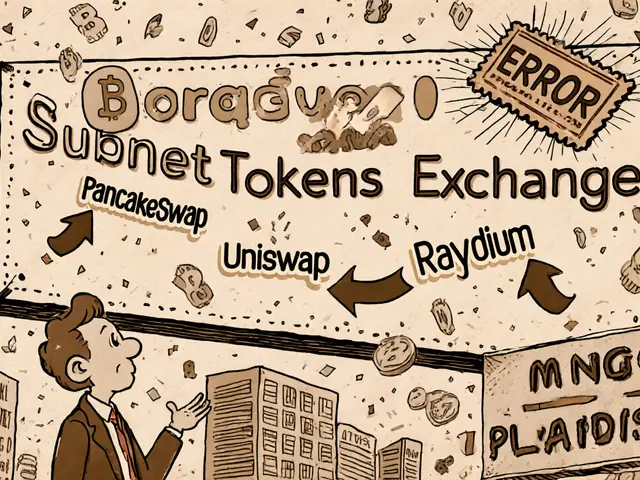
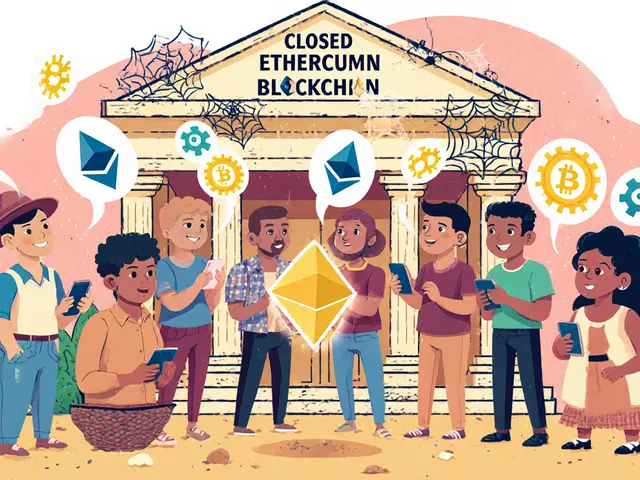
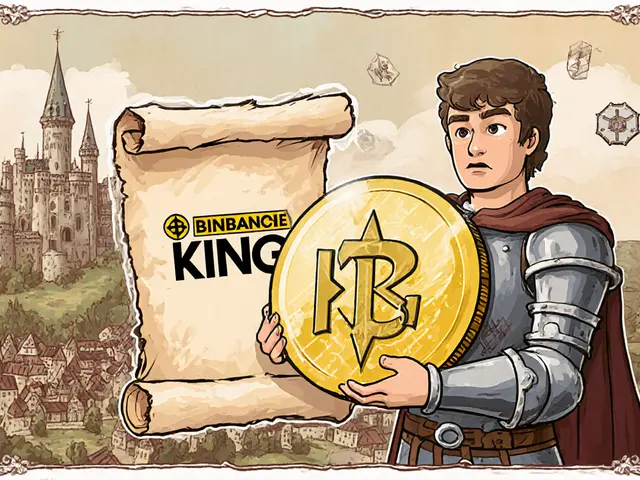
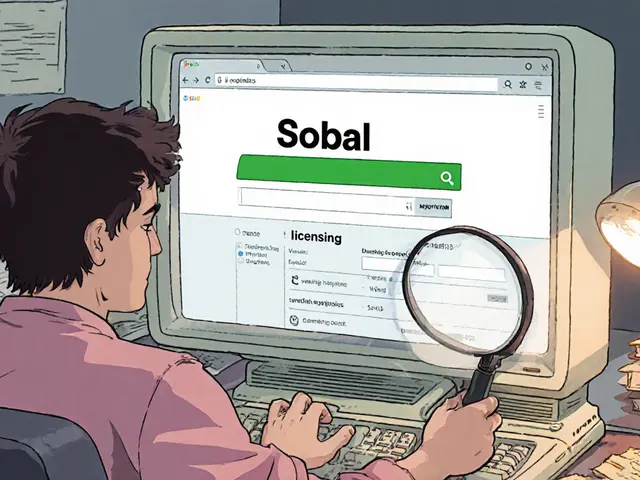
Comments (17)
Norman Woo
so like... what if the gov just *changes* the difficulty algorithm secretly? like, they control the nodes right? what if they just make it impossible for regular people to mine and force everyone into corporate farms? i mean... they did it with the banks. why not crypto? 🤔
Serena Dean
This is actually one of the most elegant parts of Bitcoin’s design. The self-adjusting difficulty is what lets it survive decades of hardware revolutions, geopolitical shifts, and even solar flares. It’s not perfect, but it’s *alive* - like a living system. If you’re mining, you’re not just chasing coins, you’re helping maintain a global clock. Respect.
James Young
You people don’t even understand the basics. Bitcoin’s 2-week adjustment is a JOKE. Ethereum adjusted every block and it was way more efficient. Anyone still using Bitcoin as a ‘store of value’ while ignoring the fact that difficulty lags behind hash rate spikes is just emotionally attached to a 2012 tech stack. Get. With. The. Times.
Chloe Jobson
Difficulty adjustment = network health indicator. Higher difficulty = more decentralization pressure = harder for any one entity to dominate. But it also = higher barrier to entry. Trade-offs everywhere. The real question: are we optimizing for security, accessibility, or sustainability? Can’t have all three. Pick your poison.
Andrew Morgan
i used to mine with my old gaming rig back in 2017... just for fun... then one day the difficulty jumped 300% overnight and my rig was just a fancy space heater. i still have it in my garage. sometimes i turn it on and just stare at the fans spinning... like a ghost of what crypto used to be
Michael Folorunsho
Let me be clear: only Americans and Germans have the technical discipline to run serious mining operations. The rest of the world is just using GPUs they bought on Amazon and wondering why they’re losing money. China didn’t ban mining because it was ‘bad’ - they banned it because amateurs were clogging the grid. Smart move.
Roxanne Maxwell
I just want to say thank you to the miners. Seriously. You’re the unsung heroes keeping this whole thing running. I don’t mine, I just hold, but I know I’m safe because of you. Even if I never meet you, I see your work in every transaction that goes through. You’re the quiet backbone.
Jonathan Tanguay
Ive been tracking difficulty since 2015 and i can tell you the algorithm is broken. They use a simple ratio but they dont account for the fact that ASICs come in batches and when a new model drops like the Antminer S21 the hash rate jumps 40% in 72 hours but difficulty doesnt adjust for another 10 days. Thats why we get these insane volatility spikes in mining profitability. Its not just inefficient its dangerous. You cant have a financial system that reacts this slowly to market forces. The BIPs are too slow. We need daily adjustments. Or hourly. Or real time. This is 2025 not 2012.
Ayanda Ndoni
yo why are we even talking about this? mining is dead. just buy the coin. why waste electricity when you can just HODL? i mean look at me i got rich buying doge in 2021 and i never even knew what a hash was. why work when you can just... not?
Elliott Algarin
It’s funny. Difficulty isn’t just a number. It’s a social contract. It’s the quiet agreement between strangers across the globe that they’ll all play by the same rules, even when it costs them money. The algorithm doesn’t care about your rent, your electricity bill, or your dreams. It just... adjusts. There’s a kind of beauty in that indifference.
John Murphy
i wonder if difficulty ever goes down for long periods like after a crash do miners just shut off and wait or does it drop fast enough to bring them back in? curious how the rebound works
Zach Crandall
I must respectfully submit that the notion of mining difficulty as a ‘self-regulating mechanism’ is a misnomer. It is not self-regulating. It is algorithmically reactive. The system lacks foresight, adaptability, and ecological consciousness. One must question the moral imperative of sustaining a protocol that consumes more energy than entire nations for the sake of cryptographic consensus.
Akinyemi Akindele Winner
Mining difficulty? Nah bruh. That’s just the rich man’s way of saying ‘you ain’t got the cash to play’. Bitcoin’s difficulty ain’t about security - it’s about gatekeeping. It’s the digital version of a private club where you need a Tesla and a tax write-off to get in. Meanwhile, Africa’s got sunlight, wind, and hunger. Let’s mine with solar and feed the kids. That’s real decentralization.
Patrick De Leon
The adjustment window is a relic. Bitcoin’s design is fundamentally flawed. Ireland has better infrastructure than half the US mining hubs. Yet we’re stuck with a system designed for 2009-era hardware. This isn’t innovation. It’s nostalgia dressed in blockchain.
MANGESH NEEL
I saw a guy on YouTube say mining difficulty is just a scam to make you buy more ASICs. And you know what? He’s right. The whole thing is rigged. The big farms control the hash rate, they trigger the difficulty spikes on purpose, then sell their old gear to newbies at 3x markup. You think you’re winning? You’re just feeding the machine. Wake up.
Sean Huang
The truth is... difficulty isn't a mathematical construct. It's a *psychological* one. The algorithm is just the mask. The real force is human fear. When miners see difficulty rising, they panic. They sell. They quit. They hoard. The number doesn't move the market - the *belief* in the number does. We're not mining blocks. We're mining belief. And belief... is the only thing that can't be regulated. 🌌
Ali Korkor
If you're new to mining, don't overthink it. Just get a decent ASIC, find cheap power, and let the algorithm do the work. It's not about being the smartest - it's about being consistent. Keep going, even when it's slow. That's how you win.